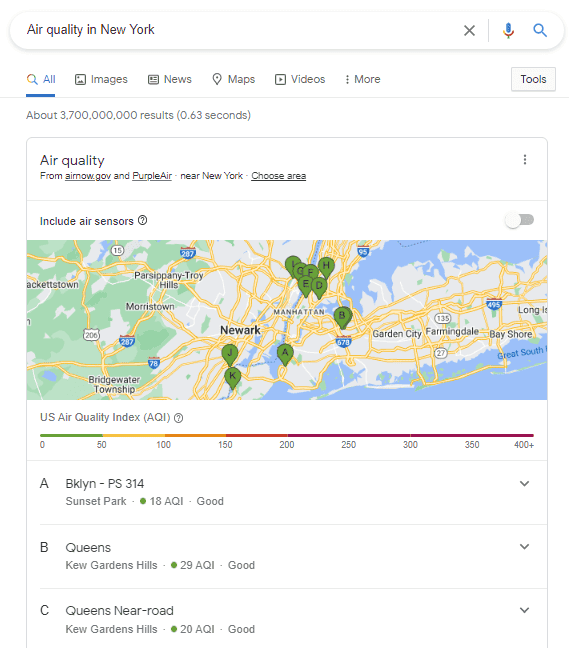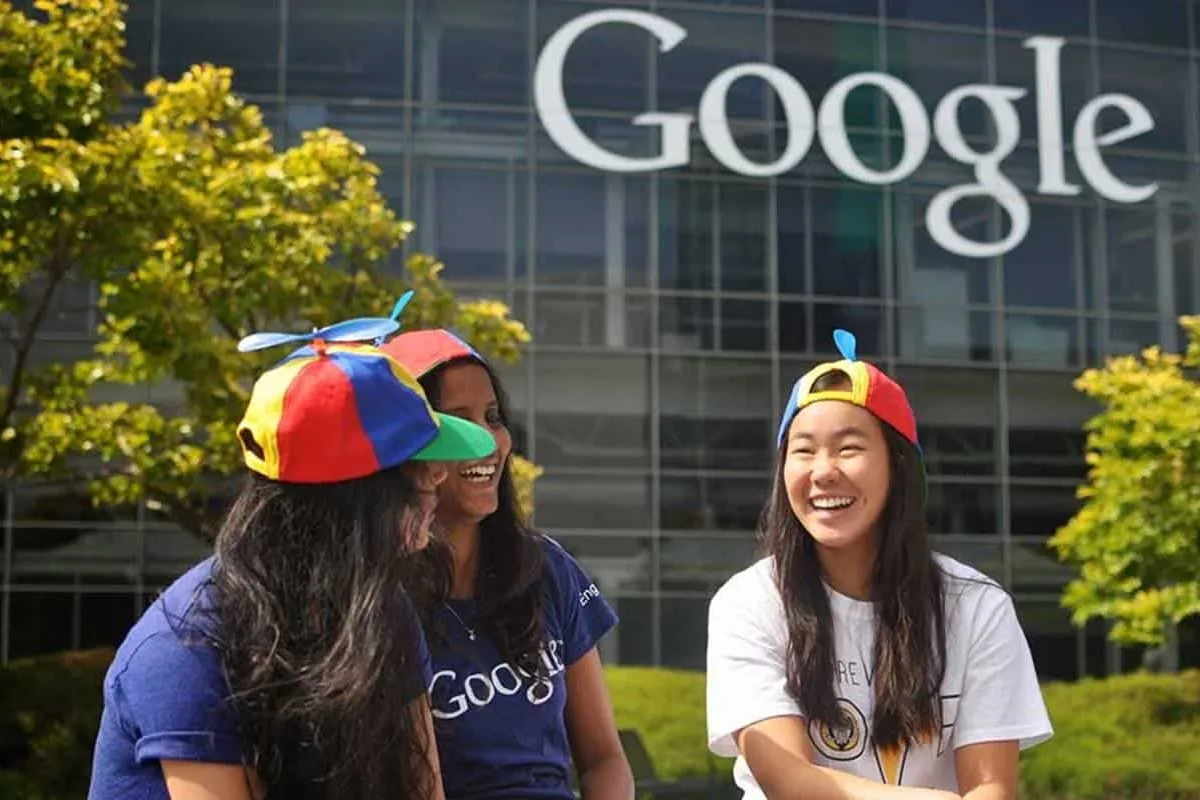According to recent reports, a Google search will show results for the U.S. Air Quality Index (AQI). The report claims that the quality index will range from 0 to 400. The index will also have colour rankings ranging from green to purple. In addition to the numbers, the AQI will provide an explanation of whether the score is good or polluted. Google is always improving its search engine. Some of the latest developments we've witnessed over the past few months are Android's ability to delete the last 15 minutes of Google search history, continuous scrolling on mobile, Google multi-search capabilities in Lens, and more.

Google first released the feature in India (now also available in Victoria, Australia). Now, the company is bringing it to its search service in the US with the help of airnow.gov and PurpleAir. Mobile and desktop web users can enter the U.S. city they want to search for, and the search will provide information about the specific location. Users can enter "air quality in Boston" or "air quality in Brooklyn" to get results. A search for air quality for a certain city will give AQI values for different regions in the city. For instance, as of this writing, New York has an AQI between 18 and 30 depending on the area. From the ranking, this is good for air quality.
On the other hand, given that the feature is now tailored for users in the US, users who live in the area can instantly gather air quality information about places around them by simply typing "air pollution near me." All information will be placed on designated cards in Google Search.
Google senior director talks about employing disabled applicants
Recently, Google held an accessibility roundtable with Eve Andersson, senior director of Google's global accessibility and inclusion team. She chatted with a group of media personnel about Google's accessibility products, teams, and choosing accessibility.
When it comes to employees with disabilities, Eve claims that such employees will not have special roles because of their disability. However, they will use Google products to achieve the same "normal work" as other employees. They will perform the same role like everyone else. Eve believes that only in this way can employees feel truly included in the group.
In addition to using AI technology to develop targeted products for people with disabilities, what Google does more is to integrate accessible functions into popular products - also to enhance the sense of integration of disabled people.
She cites the example of the Google Meet meeting product, which enables live captions to appear on the screen when people have online meetings—and Eve is hosting meetings through Google Meet this time. Eve also talks about the high-contrast screen, which not only helps people see the text clearly in sunlight but also helps people with low vision in everyday use.
In fact, not only disabled people but also able-bodied people will encounter such "disability" scenarios. Such as fractures, driving, etc. Those products or functions originally developed for disabled people, such as real-time translation, voice transcription, etc., have gradually entered the field of vision of more people because of their convenience.






Place comments
0 Comments
You are currently seeing only the comments you are notified about, if you want to see all comments from this post, click the button below.
Show all comments